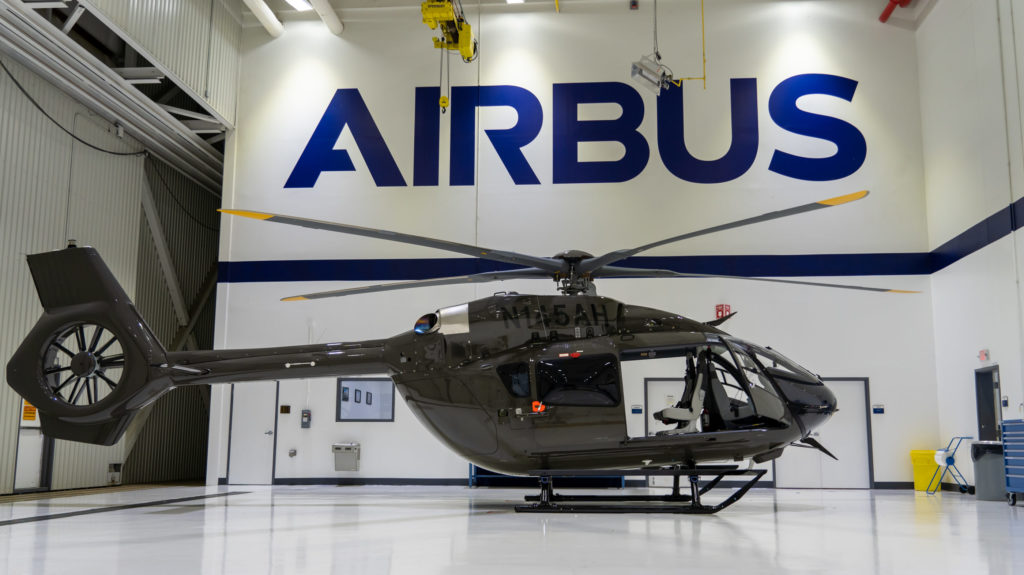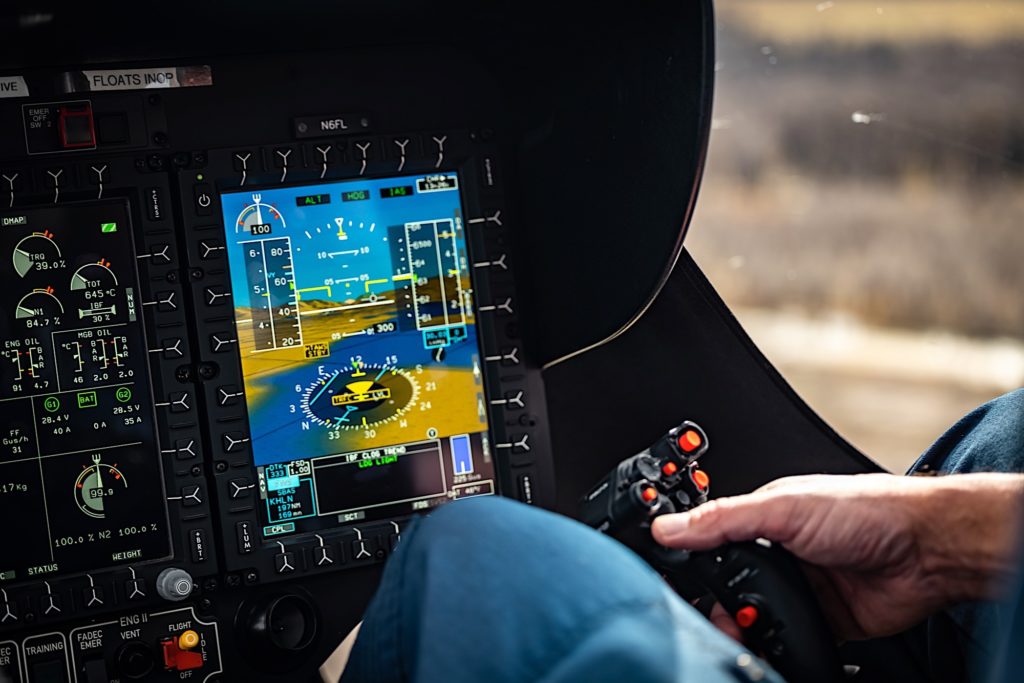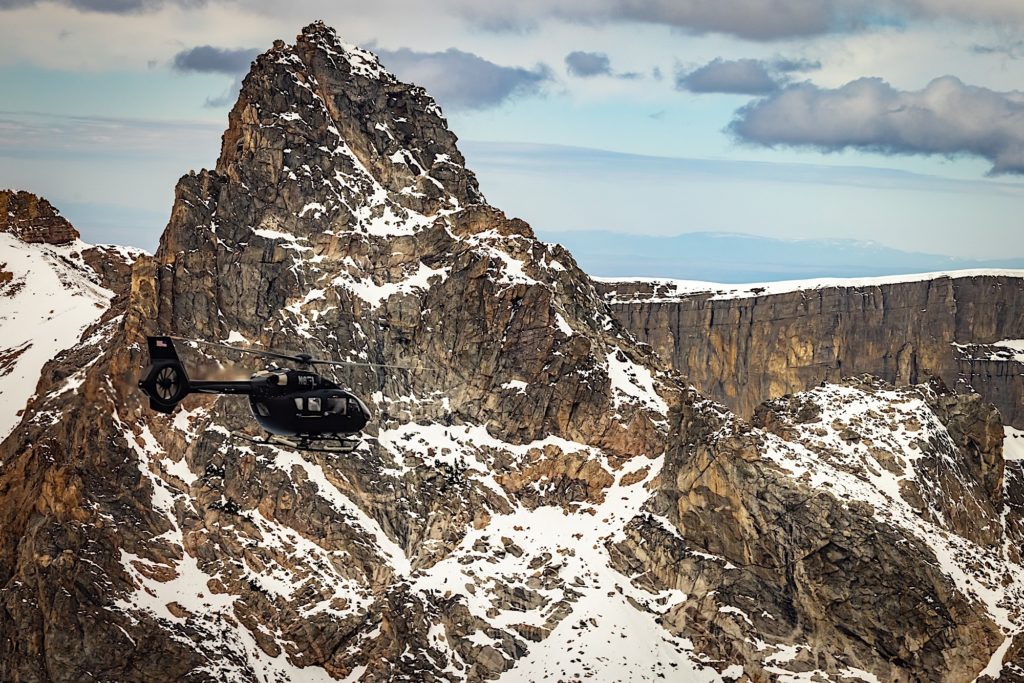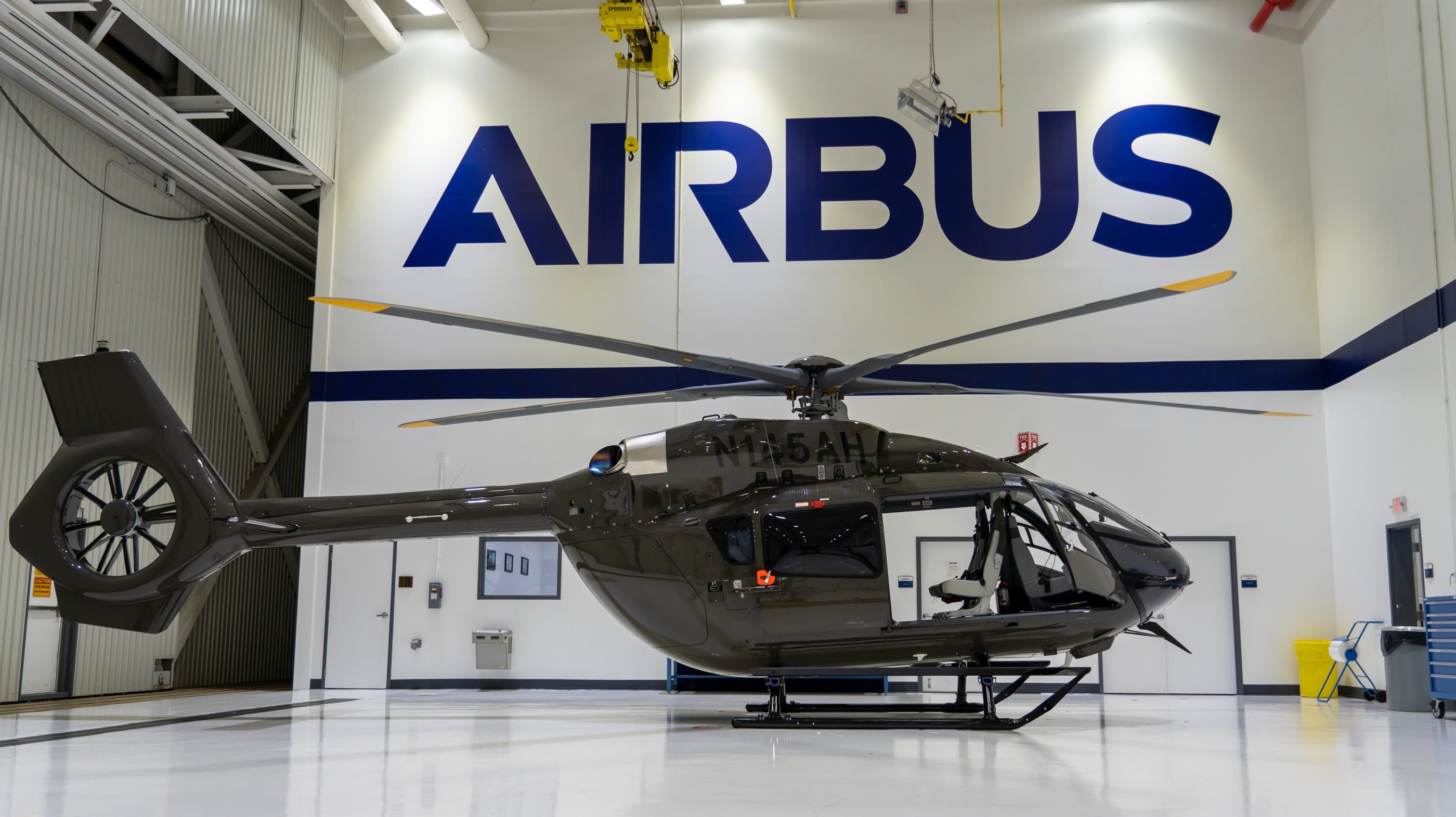While there are plenty of great reasons to have an intuitive and expeditious quick-start procedure, getting the air conditioning up and running on a mid-August day in Mississippi is as good as any I’ve heard. Fortunately our helicopter of choice for the day was an Airbus H145 D3, the first example of the five-bladed helicopter in North America and configured as a demonstrator for the UH-72B Lakota. With one of the quickest starts of any twin on the market, we were ready to go skids up in remarkably short order.

Departing from the ramp at the Airbus Helicopters final assembly line in Columbus, Mississippi, the primary purpose of our flight was to evaluate the UH-72B Lakota’s suitability and performance as the National Guard’s newest utility helicopter — stay tuned for that report in an upcoming issue of Vertical Valor. However, given the nature of the Lakota program as a commercial-off-the-shelf helicopter, the aircraft we flew also doubled as a demonstrator for the commercial market. As a part-time Guardsman whose civilian employment coincidentally involves flying both the H145 (BK117 D2) and EC145 (BK117 C2), I was equally as intrigued to see how the new five-bladed H145 D3 would perform for traditional civil aviation roles.
It would be impossible to properly discuss the H145 D3 without first addressing the initial jump from the EC145 to the H145 D2. To the casual observer it’s easy to dismiss the upgrades as a mild improvement or simply a name change for the sake of branding from “EC” to “H,” with the addition of a Fenestron tail rotor often being viewed as the only noteworthy difference. This perception has contributed to the popularity of the EC145e in the North American market for budget-conscious operators who view the H145 D2 as an unnecessary upgrade.
While budgetary constraints are an unavoidable reality for many operators, the view of the H145 D2 as simply a minor upgrade doesn’t comport with the reality of operating the aircraft. As a pilot who flies both types on a daily basis, it’s hard to overstate how drastically the workload and stress are reduced when flying the H145 D2 vs. the EC145 — from the full authority digital engine control (FADEC) quick start procedure, to the twin Garmin GTN 750 touchscreen flight navigators, synthetic vision, better visibility, Helionix multi-function displays, and four-axis autopilot, not to mention the vastly increased performance and range.

The improvement is drastic for even visual flight rules (VFR) operations, but it’s beyond compare when it comes to single-pilot instrument flight rules (SPIFR), making those operations not only safer, but exponentially more feasible for pilots with minimal actual instrument time making the transition to an IFR operator. After becoming accustomed to the ease of SPIFR operations in the H145 D2, it feels almost risky to step back into legacy airframes.
While the large list of changes revolutionized the aircraft, some of them led to what many operators perceive as a significant increase in felt vibrations, notably in the cabin. For the civil market — particularly helicopter emergency medical services (HEMS) and VIP operations, where ride quality is of the utmost importance — this was especially detrimental.
By developing the five-bladed H145 (BK117 D3), Airbus set out to radically improve the ride quality and performance of the legacy BK117 rotor system. The new system is based off that of the H135, scaled up, with an additional blade. The blades are mounted directly to the mast, making the system simpler, lighter, and easier to maintain than the original rotor system.

There have been several pieces written detailing the process and engineering behind this, but put simply from a pilot’s perspective, the changes most decidedly worked. The H145 D3 is in fact a helicopter, which is to say some vibrations are still apparent, particularly when passing through effective translational lift (ETL), but they are drastically reduced and mostly noticeable only when actively focusing on them. For those accustomed to flying in the H145 D2, it’s a surreal experience on initial pickup and it feels glassy smooth through all regimes of flight. If it’s not outright the smoothest helicopter I’ve flown, it’s certainly close. Additionally and arguably even more importantly, the ride quality in the cabin is a marked improvement over the H145 D2, even more so than in the cockpit area.
With less componentry associated with the rotor system and the elimination of the anti-vibration system, the helicopter has also gained an additional 330 pounds (150 kilograms) of useful load. You won’t often hear this from a helicopter pilot, but I’ve always felt the H145 D2 has more than enough power, particularly when compared to the EC145 and its other competitors. Admittedly, this is in part due to my operating near to sea level, but even at low density altitudes, many helicopters lack sufficient power to operate anywhere near the advertised max gross weight with out of ground effect (OGE) power.

The D2 regularly has no issue being flown right up to max gross weight without running into power limitations for vertical takeoffs or Cat A profiles. Even more impressively, it maintains single-engine out of ground effect hover capabilities throughout a substantial portion of the flight, leaving a tremendous margin in terms of safety. With the improved performance of the five-bladed H145 D3, any concerns about power go from being rare, to almost a non-factor for all but high-altitude mountain operations. Even there, the H145 D3 is capable of operating in many areas that were previously only accessible in high-performance single-engine helicopters.
During our flight, Airbus instructor pilot Aaron Hupp demonstrated several engine failures in varying regimes of flight, using the training button which presents a remarkably accurate simulation of a single-engine failure. At all but the highest of gross weights while in an OGE hover, this is very much a non-event, and even then, it’s much less of an emotional moment than in many other twins. As someone who regularly conducts rooftop helipad operations in heavily congested metropolitan areas with limited escapes, this type of performance is comforting, to say the least.
While these changes have built off and improved an already impressive base, they unfortunately haven’t impacted the cruise speed. Much like the D2, it still maintains right around 120 knots in level flight, leaving this as the sole noteworthy area left for improvement on the type when it comes to performance.

Outside of the rotor system, the H145 D2 to D3 is very much an evolutionary upgrade, but it’s still clear Airbus has listened intently to operators during the development process. The list of issues or changes I would have made to the H145 D2 was fairly short to start with and remarkably, Airbus has managed to address quite literally all of them. These included improvements to the air conditioning system (very noticeable on an August day in Mississippi), upping mast moment limits, some minor autopilot adjustments, automatic flight control system tweaks to address yaw oscillations while on steep approaches descending through ETL, and the addition of an auxiliary hydraulic pump for the flight control check.
The H145 D2 is an excellent helicopter and truly revolutionary when compared to its predecessor, but the persistent issues with vibrations have kept it from being truly great, particularly for its primary markets where ride quality is paramount. This combined with budgetary concerns has led to slower adoption of the H145 D2 in the North American market than in Europe.
While the five-bladed H145 D3 is a progressive improvement to the type, when combined with the drastic advances made with the D2, it brings together the whole package and puts the aircraft into a class of its own. As performance, safety, and capabilities of the type continue to improve at such a drastic clip, it will become increasingly difficult for operators to stick with legacy models.









